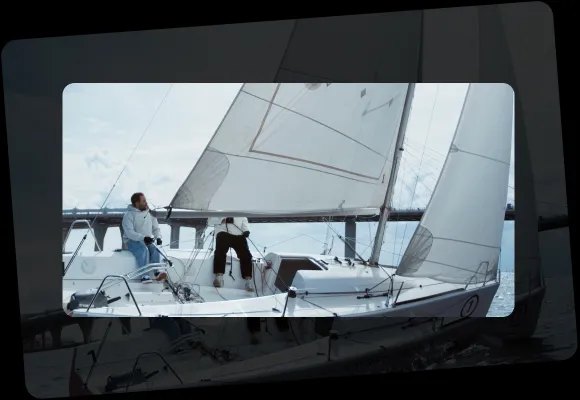Studio Apps

Powerful AI models.
All local.
New
Web Apps

Enterprise


AI image and video enhancement built for enterprise and production workflows.
Technology

Studio Apps

Powerful AI models.
All local.
New
Web Apps

Enterprise


AI image and video enhancement built for enterprise and production workflows.
Technology




































